The flour mill was described in the mid-19th century as "a large stone building in good repair, erected for and used as a flour mill it is in good repair and has offices and a dwelling house attached to it. It is worked partly by water and partly by steam power." At that time, it was occupied by the miller George Smith. He was son of the previous miller (noted in the 1841 census), Peter Smith, who had died in 1843 aged around 57. Another son of Peter Smith (also named Peter) was a miller at Cameron Bridge by WIndygates. George Smith died in 1855 aged just 33, after which the mill was advertised for let and his own equipment advertised for sale (see below from Fife Herald).
|
Over the centuries there have been several mills and many millers at Lundin Mill. The above photograph features the flour mill in the foreground (1) , the corn mill in the background (3) and the bakery in between the two (2). Information about the earliest millers is hard to find but census data helps from the mid 19th century onwards. The first census of 1841 recorded several individuals with the occupation 'miller' in Lundin Mill including Peter Smith, Thomas Watson, Hendrey Pratt and James White. There was also an apprentice miller - David Nicoll. Tragically, just a few months after the census, David Nicoll perished in an accident at the corn mill (see article below from 7 October Fife Herald). In the 1854 map above, the two mills in Lundin Mill are clearly marked - the corn mill to the west and the flour mill to the east. The corn mill was occupied by James White, son of John White (or Whyte) who was miller and farmer on the site before his son. John Whyte's will set out an inventory of his possessions, which provides an enlightening insight to life as a farmer/miller at that time (1844). These included: shares in the Largo Granary Company, nine stacks of wheat, ten stacks of oats, six stacks of barley, a stack of clover hay, five acres of turnip, a pit of potatoes, eight work horses, eleven cows of different ages, three calves, seven breeding swine, two boars, seven young pigs, four coup carts, three corn carts, three iron ploughs, three pair of iron harrows, one cast iron roller, one turnip sowing machine, two pails, two tubs, sixty sacks, four shovels, four forks, five rakes, one sieve, one meal girnel, a wheelbarrow, dung, thrashing machine, two dozen milk basins, six milk pitchers, a cheese press and two cheese vats. The flour mill was described in the mid-19th century as "a large stone building in good repair, erected for and used as a flour mill it is in good repair and has offices and a dwelling house attached to it. It is worked partly by water and partly by steam power." At that time, it was occupied by the miller George Smith. He was son of the previous miller (noted in the 1841 census), Peter Smith, who had died in 1843 aged around 57. Another son of Peter Smith (also named Peter) was a miller at Cameron Bridge by WIndygates. George Smith died in 1855 aged just 33, after which the mill was advertised for let and his own equipment advertised for sale (see below from Fife Herald). Meantime, brother Peter continued as miller at Cameron Mill until a move in 1867 to Lundin Mill (see notice published in Fife Herald below). He had owned property in Lundin Mill, Kennoway and Windygates for many years and his Lundin Mill home was Emsdorf House (the largest property on Emsdorf Street). Presumably he used that property for weekends and leisure such as golf. Peter had married Christina Swinton a baker's daughter from Dysart. Together they had at least five sons, two of whom were millers. The permanent move to Lundin Mill at the age of around 60 seems to have coincided with Peter's retirement, as by the 1871 census Peter Smith is described as a 'retired miller'. The change of pace enabled Peter to spend more time enjoying golf and in 1868 he was one of the group (including Frederick Lumsden and Colin McTaggart) that set up the Lundin Golf Club. Retirement was short-lived, however, as Peter Smith died suddenly at Lundin Mill on 3 September 1871, aged 65.
3 Comments
This aerial view of the Lundin Links Hotel appears to date from the 1950s when the place was advertised as the 'Scottish Riviera' (see adverts below from the same era). When the hotel first opened in 1900 there was no need to cater for cars - the hotel had separate stabling. The gardens made way for driveways and a car park, which seem newly re-surfaced in the image. There were a number of improvements made to the hotel after the Second World War. At the top of the main photograph is the wooded area known as 'Fir Park', with Largo Road curving round its edge. In the lower left corner some of the south side of Emsdorf Street can be seen, including the flat roof of the hardware shop. The building in the lower right corner (and the long garden behind it) once hosted a coach-builder, as described in a previous post:
Next to the hotel was a coach-builder's business run by Willie Dick and son. There was a pend for carriages to go through and a workshop at the bottom of the garden. Esther Menzies recalled... "It was a fascinating place to be sent to. There were wheels all over and upended gigs and such like with the shafts up in the air. He also sharpened lawn mowers and knives. Next to this were two cottages or maybe one and a byre. There wasn't much difference. Two old women stayed there. Maggie Drummond sold sweets which were displayed in her window on a table....when you were in the shop or room and looked along the passage you could see the cows flicking their tails. The Seaway is there now."  Two wonderful photographs to share today from blog reader Ian Downie, showing a steam train passing behind The Temple, Lower Largo in Spring of 1965. Both images were taken from the back of Rollo Villa. The upper image is looking towards Bourtree Brae (seen above first carriage of train) and Cardy House (visible to left of train). The map below marks the direction of the shot. Interestingly, the image features the white-gated Serpentine level crossing (shown in detail in inset) - the means of crossing the railway line for users of the Serpentine path. There was a similar level crossing next to Cardy House and another to the east at Viewforth. Below is a shot of the same train, taken from the same spot, but facing north east, as the locomotive heads in the direction of Viewforth and Dumbarnie Links, where marvellous sea views could be enjoyed by passengers. These photographs provide a great sense of what it must have been like to have these steam engines powering along right next to the houses and gardens of Largo and are especially poignant as in the same year that these images were captured, the line closed to passenger trains.
With many thanks to Ian Downie Colin McTaggart was born in Argyll in 1829 and spent his youth at Creggan Farm before becoming an apprentice gardener at Rossdhu House, Luss. This was the mansion house of the Colquhouns and is now club house to Loch Lomond Golf Club. The master gardener there back in the 1850s was Donald Lindsay. Colin must have learned his trade well over the following years, as by 1861 he was 'Master Gardener employing 3 men and 1 woman' at Largo House. Previous Largo House gardener, Thomas Blair, had left to take up a position in Kingston, Surrey, late in 1854, so Colin probably arrived around that time. Proprietor of Largo House and estate during this era was Lilas Dundas Calderwood Durham. Over the years at Largo House, McTaggart was a regular prizewinner at local horticultural shows and fetes - see examples below from the Fife Herald. During this period there were also regular excursion parties visiting the 'gardens and pleasure grounds' at Largo House. One group numbered 520 when they visited in June 1864. Meanwhile, in 1862, McTaggart married domestic servant Jessie Boyle. However, their union ended in tragedy two years later when their newborn baby daughter died at a few hours old, followed a few days later Jessie herself. Further below is their gravestone at Upper Largo cemetery. Colin remained at Largo House for a few years after the death of his wife and child and was involved in the creation of Lundin Golf Club in 1868 with Frederick Lumsden and others. But in 1868 Lilias Dundas Calderwood Durham sold the Largo estate and moved to Polton House, near Edinburgh. Colin McTaggart moved to the position of gardener at Arniston House, near the village of Temple in Midlothian, which was owned by Mrs Durham's eldest son Robert Dundas. By 1871 Colin had become remarried - to Margaret Tod. In 1881 they were living in the gardener's house at Arniston with their three children. Ten years later Colin was still still there working as a gardener at the age of 72.
At some stage the McTaggarts moved to Lenzie and it was there that Colin died in 1912 aged 83 and his wife Margaret died in 1919. They were buried in Temple village burial ground, back near Arniston, where they had buried a daughter in 1888. Arniston House was not dissimilar in age and in style to Largo House (see image below) but, unlike Largo House, it has survived intact to this day. Having undergone recent renovations, the house can be visited by the public and some buildings within the grounds (including the gardener's cottage) can be rented as holidays cottages. The interior of Arniston provides an insight to what the inside of Largo House may have been like in its heyday. Further information about Arniston House: grovesraines.com/projects/conservation/arniston-house-i57n https://www.arniston-house.co.uk/ The 1930s image above features the Largo Toll House to the left of centre, with the houses of Largo Road behind that. Situated on Harbour Wynd, the toll bar was strategically placed to to stop those travelling down to Largo Harbour. The toll bar and house at this location was created some decades after the toll at Lundin Mill. The intention to establish the toll on Harbour Wynd was discussed in 1839 at a special meeting of the turnpike trustees but it was not until 1846 that the new toll was up-and-running (see notice below from 12 March 1846 Fife Herald). The Ordnance Survey Name Book of the 1850s described the Largo Toll Bar as follows: A toll bar gate established on the public road Lower Largo to Cupar and a short distance from the former. Adjoining it is a small, neatly built dwelling house in good repair - the property of the Trustees of the County. About 25 chains North from Lower Largo. No sooner was the Largo toll erected than the tide began to turn against the whole toll system and it became extremely unpopular. By 1879 the tolls were being dismantled and their equipment sold off (see advert from 24 April Fife Herald). Largo toll house continued to be lived in for several more decades but eventually fell into disrepair and was demolished in the 1960s.
Born in Edinburgh in 1834 to Harry Lumsden (a commission agent/paper maker's clerk/stationer manager), Frederick Roome Lumsden would become a high-profile figure in the public life of Largo and Newburn. Here is his story. Spending the early years of his life in Edinburgh, Frederick was by the age of 17 a 'student and teacher of English' in Edinburgh. After a spell teaching at Madras College in St Andrews, he moved to become school master at Ardrossan in the late 1850s. In 1863 he was chosen from over eighty applicants to become head teacher at Wood's School in Newburn. And so began his 44-year spell there. Frederick had married farmer's daughter Janet Hill of Lumbo near St Andrews in 1857 and together they had at least seven children. However, in 1870 Janet died, aged just 32. The 1871 census shows Frederick living at the Newburn school house with six children, 4 bursers a cook and a housemaid. He married second wife, Catherine Craig in Montrose in 1878. She was also a school teacher and, after some years teaching in Montrose, she had recently relocated to Largo's Durham Female School (see entry from 1877 Worrall's Directory below). Together they would have at least six children. Aside from his long tenure as school master at Newburn School (pictured above), Lumsden was also 'Inspector of Poor and Collector of Rates' for Newburn; Regstrar of Births, Marriages and Deaths; Church session clerk; Parish Council session clerk; clerk to the School Board; and eventually Justice of the Peace. Another notable role that he played was in being one of the founders of Lundin Golf Club in 1868. He also chaired the meeting to reorganise the Club in 1889 after some years in the doldrums. He went on be elected Captain of the resurrected club for 1889. He was also Captain of the Lundin Ladies Golf Club 1900-02.
Frederick Lumsden died on 4 September 1907, aged 73, after suffering from heart disease for some four years. By then he was a Fellow of the Educational Institute of Scotland and had been a pioneer in the advancement of the Fifeshire Educational Institute. Referring to the bursers of Wood's School, the Dundee Courier of 6 Sept described how "Mr Lumsden discharged the duties of guardian to his wards with great care" (the boarding system had run until 1884). The article also spoke of how he was "a great favourite in the district being gifted with much urbanity and kindliness of spirit". The Ardrossan and Saltcoats Herald also remembered Mr Lumsden fondly, stating on 13 Sept that "he was a specimen of the best type of old Scots dominie , entering into the sports and pastimes of his pupils, and making himself their friend and adviser as well as their instructor. In Ardrossan, his interests in cricket and swimming will still be remembered by his old boys. In Fife, his leisure energies were naturally centred in agriculture and also in golf." His position as Newburn school master was taken over by Mr J.H. Balleny of Colinsburgh school. |
AboutThis blog is about the history of the villages of Lundin Links, Lower Largo and Upper Largo in Fife, Scotland. Comments and contributions from readers are very welcome!
SearchThere is no in-built search facility on this site. To search for content, go to Google and type your search words followed by "lundin weebly". Categories
All
Archives
July 2024
|
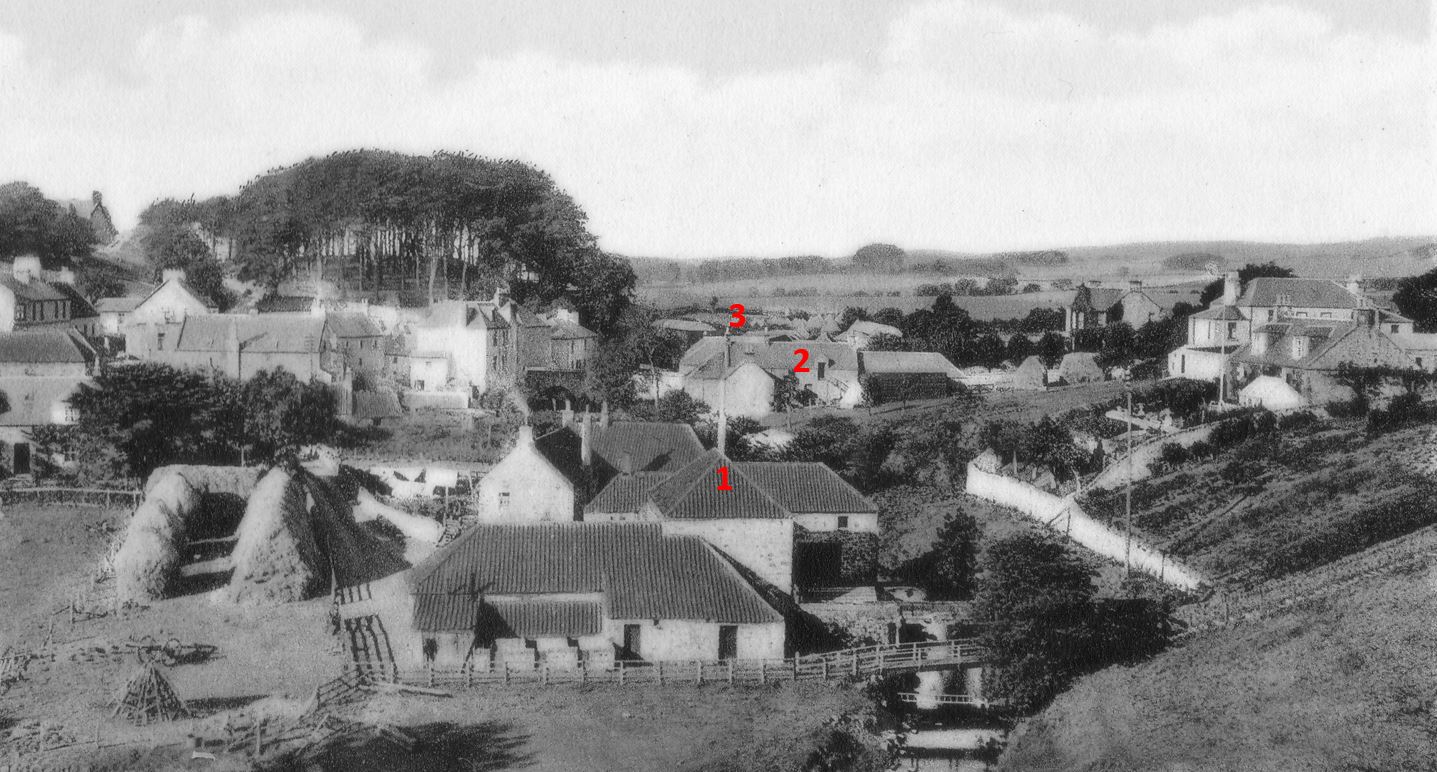

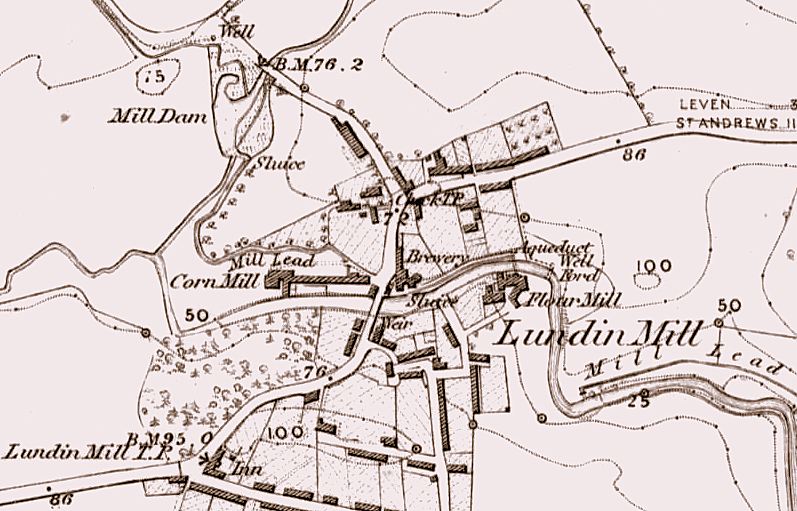
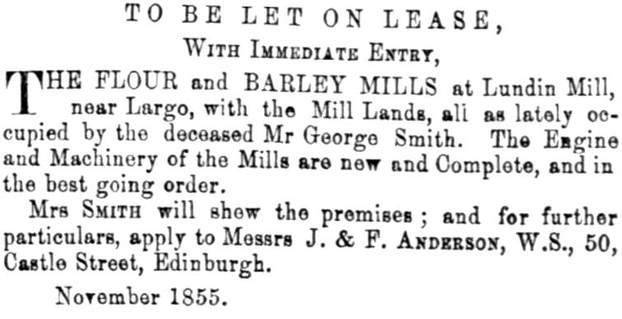
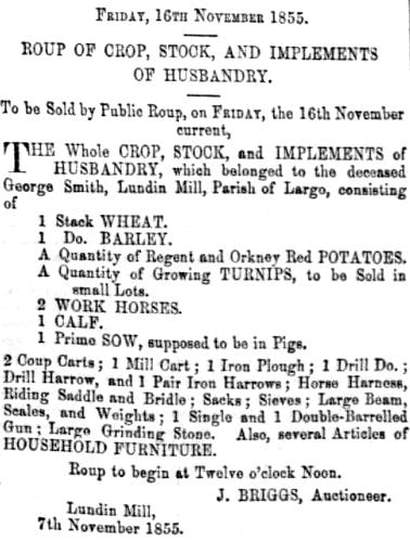

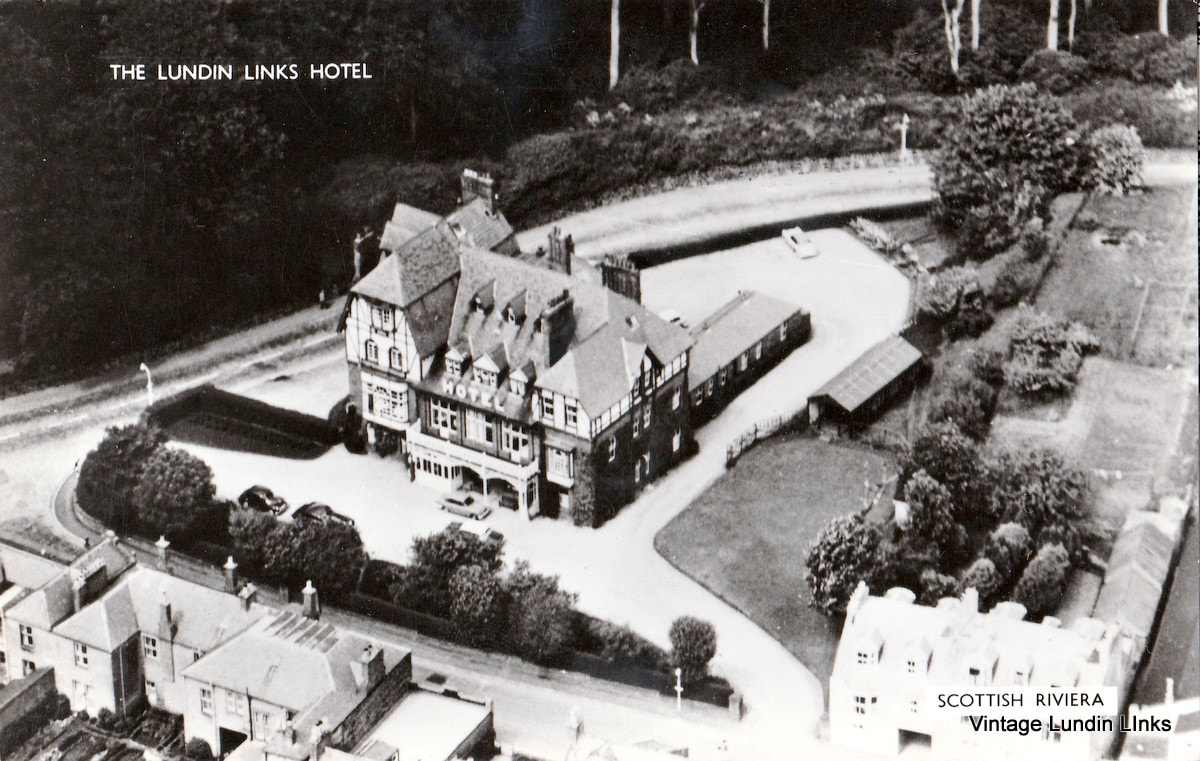
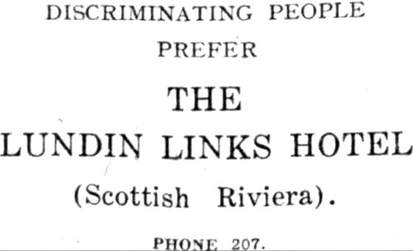
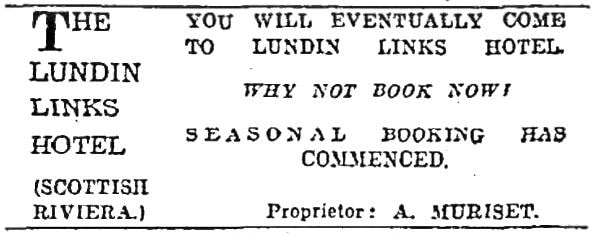
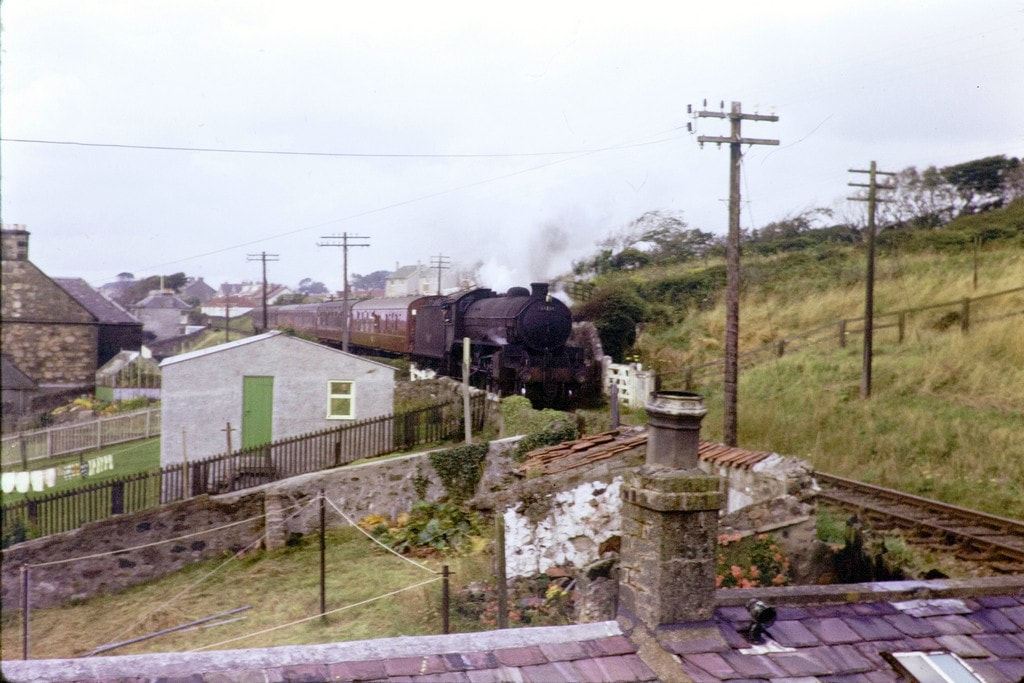
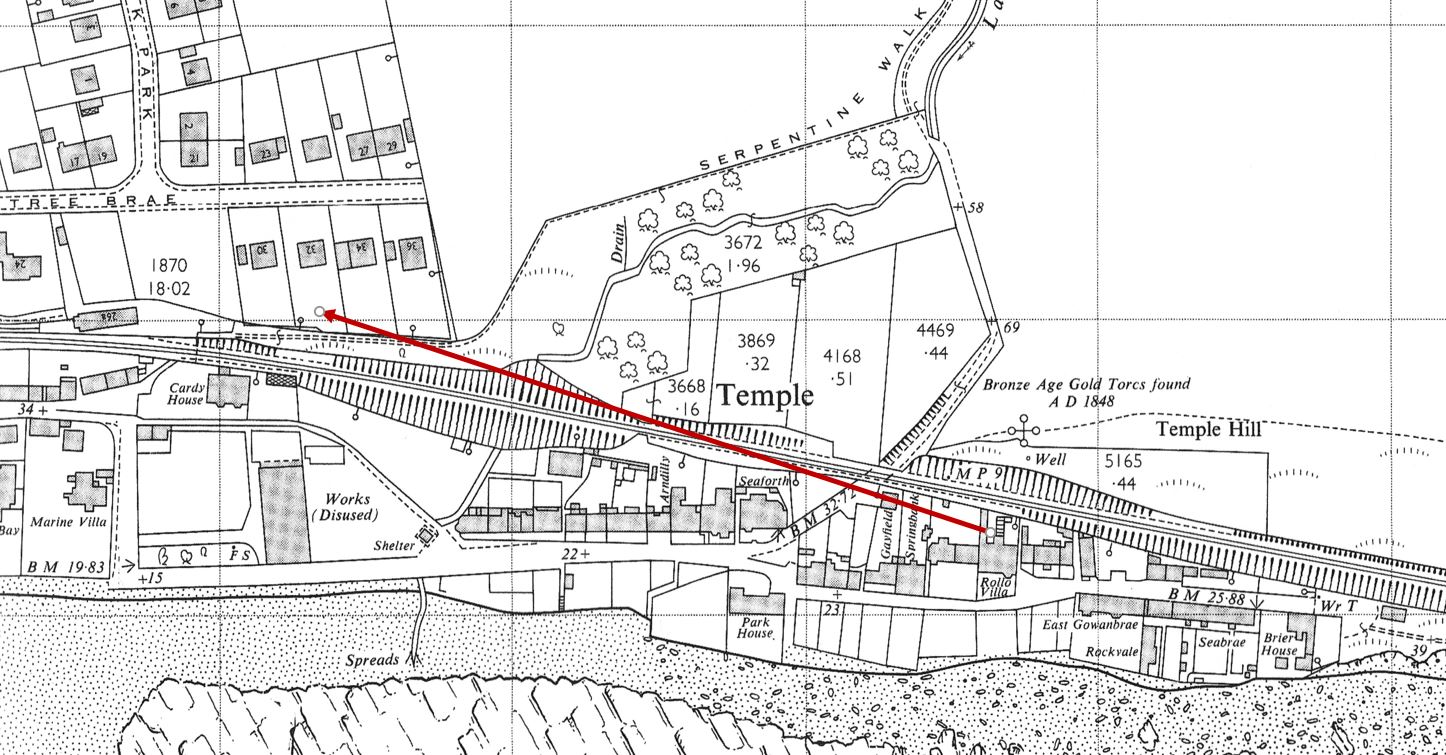
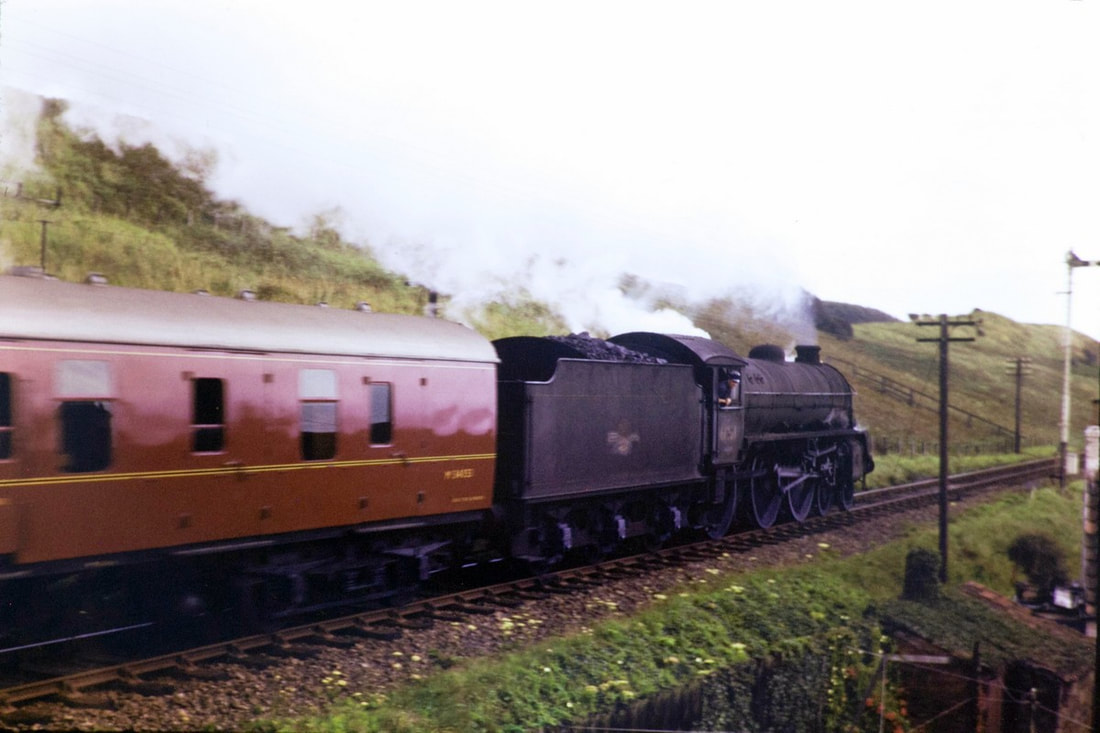
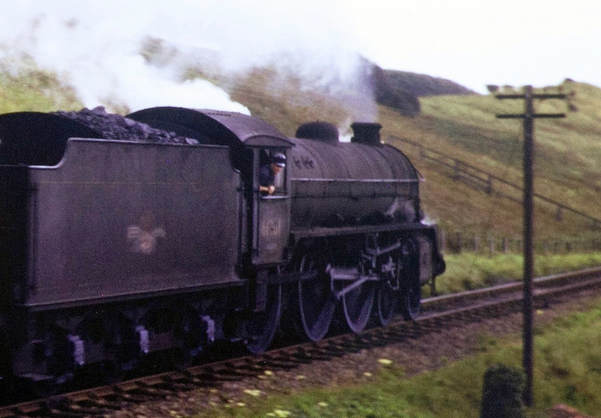
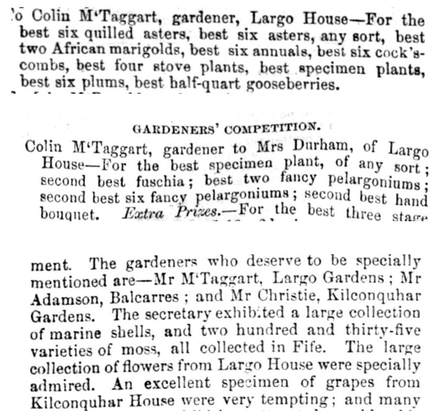
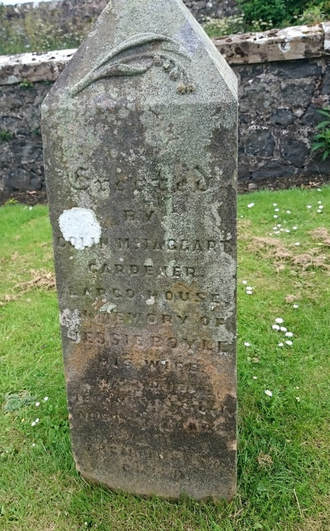
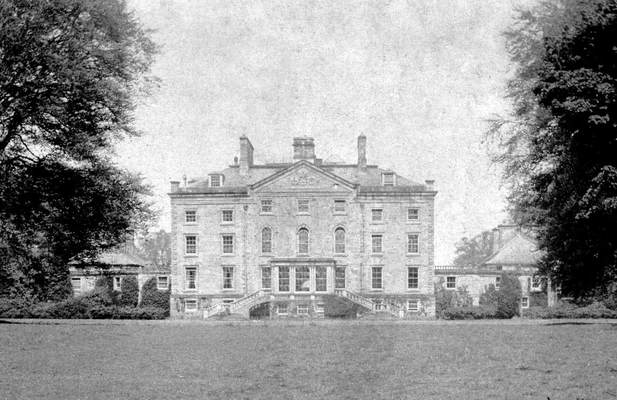
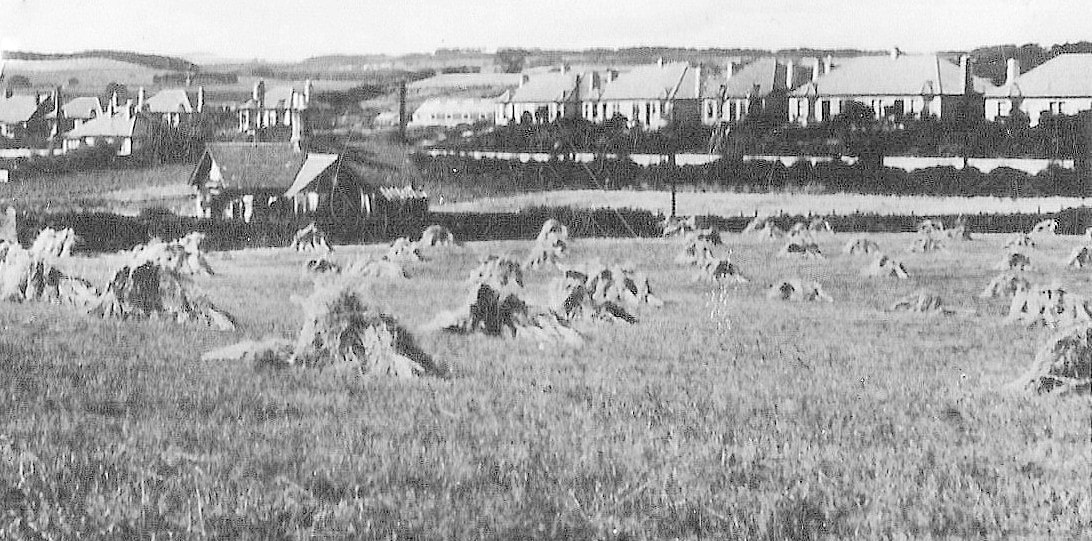
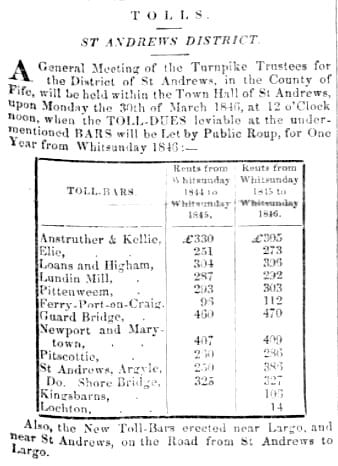
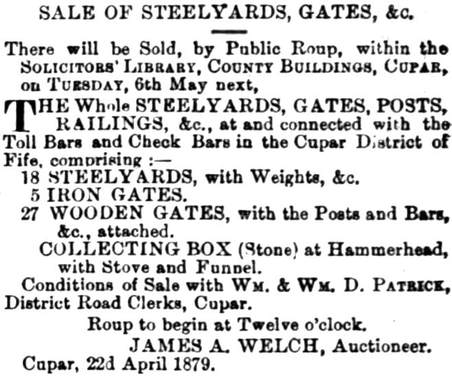
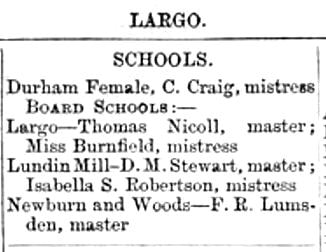
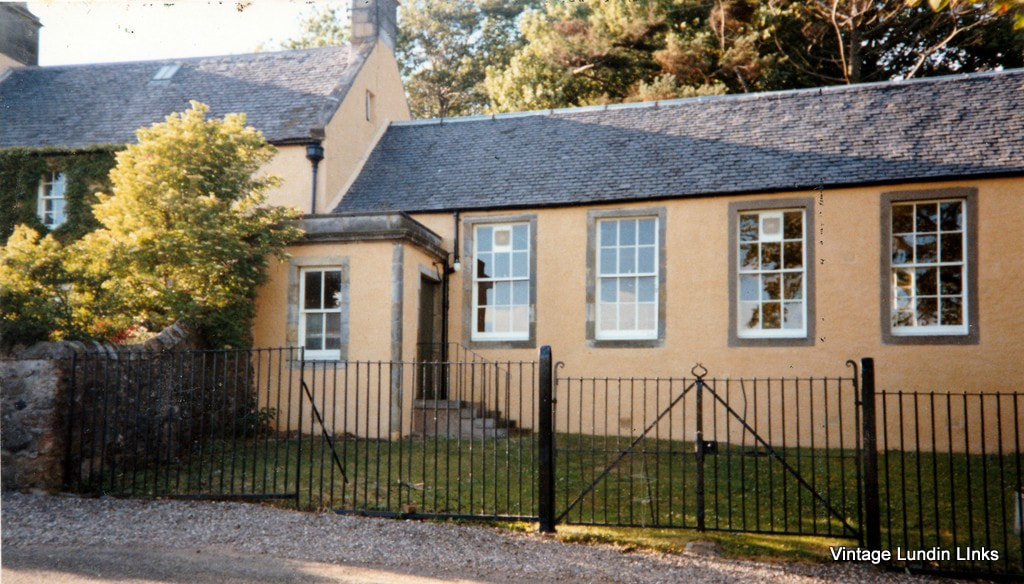
 RSS Feed
RSS Feed
